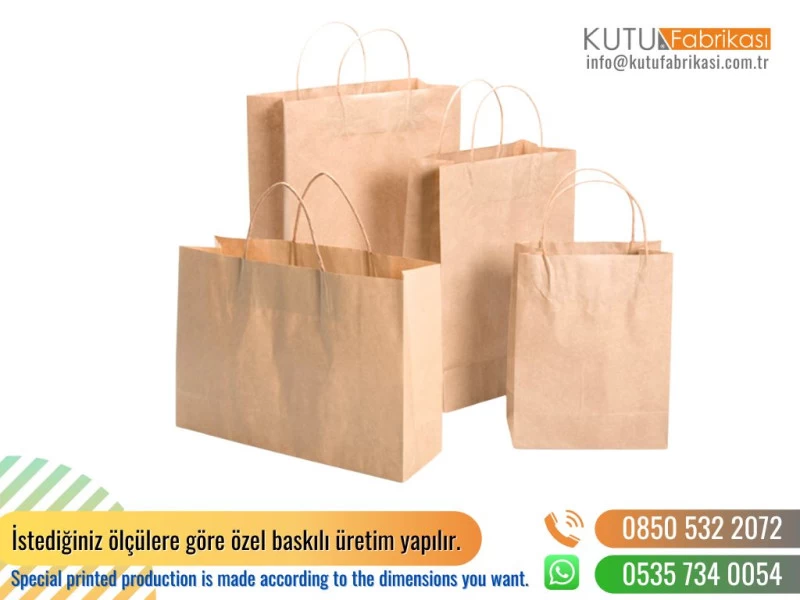Paper Bag (13)
Printed Paper Bags
When it comes to paper bag production, innovation, and quality go hand in hand. In a world increasingly conscious of environmental impact, paper bags not only represent a sustainable choice but are also a versatile solution for businesses and consumers alike. With the ability to ship to every corner of the globe, exporting high-quality paper bags has never been more seamless. But what exactly goes into the making of these eco-friendly carriers, and why are they gaining popularity?
The Essentials of Paper Bag Manufacturing
Paper bag manufacturing is a process that involves several steps, from selecting materials to the final touches of branding. The initial phase requires the right kind of paper, usually made from wood pulp, which ensures the resultant bags are sturdy, sustainable, and recyclable. Then, sophisticated machinery cuts and shapes the paper into various sizes and forms, catering to different market needs, whether for retail, food service, or promotional events.
Customization and Branding
Beyond their practicality, paper bags offer a canvas for creativity. They can be dyed, printed, and textured, allowing brands to make a distinctive mark. It's not just about carrying items; it's about carrying an image—a reason why numerous businesses invest in custom paper bags to elevate their brand identity.
- Sustainability to match consumer awareness
- Strength and durability for everyday use
- Versatility for any industry or occasion
- Customization for unique brand representation
Did you know that the tallest paper bag ever made stood at over 7.5 meters tall? This feat not only showcased the versatile nature of paper bags but also the endless possibilities in paper bag manufacturing.
Frequently Asked Questions About Paper Bag Manufacturing
What Types of Paper Are Used in Making Paper Bags?
Different types of kraft paper, such as brown kraft and white kraft, are most commonly used due to their high tear resistance and ability to withstand various weights. The paper can be recycled content or virgin fibers, depending on the required strength and purpose.
How Are Paper Bags Customized for Different Brands?
Customization takes place through printing techniques like offset, screen printing, or digital printing. It involves applying company logos, designs, or marketing messages onto the bag. For more texture and refinement, embossing or foil stamping can also be employed.
Are Paper Bags Environmentally Friendly?
Yes, paper bags are often made from renewable resources and are biodegradable, compostable, and recyclable. They represent a significant shift towards sustainable packaging solutions.
Can Paper Bags Be Reused and Recycled?
Not only are paper bags reusable, but they can also be part of a circular economy, where they are recycled into new products, further reducing the need for virgin resources and minimizing waste.
As a producer, do you prefer to focus on durability or design when it comes to your paper bag offerings, or perhaps a balance of both? This choice directly influences how customers perceive and utilize your bags.
Why Paper Bags Are More Relevant Than Ever
In today's market, paper bags aren't merely carriers but also a statement of sustainable practices. They've become essential for businesses committed to environmental stewardship. With an ever-growing emphasis on eco-friendliness, paper bags have undoubtedly cemented their place as a preferred choice for conscientious businesses and consumers alike.
As we forge ahead, the paper bag continues to evolve, bypassing the limits of what we once thought a simple carrier could achieve. This is not just packaging; it's a movement towards a more responsible world, one bag at a time.















